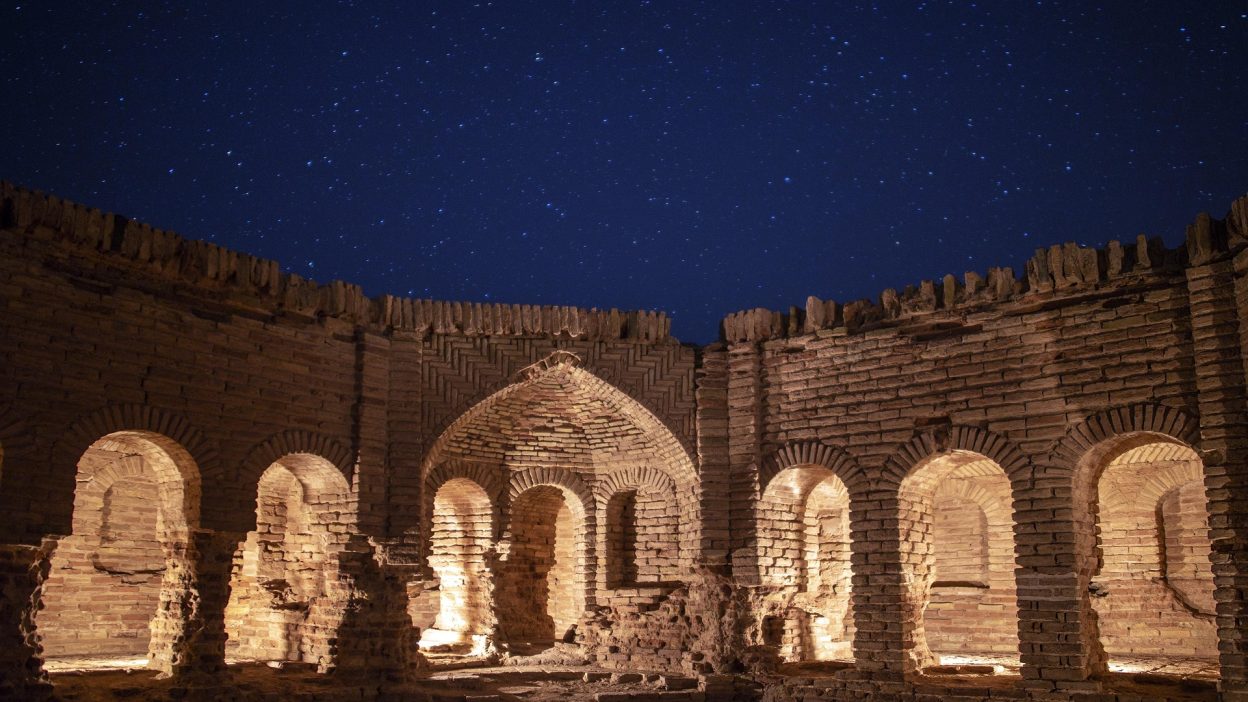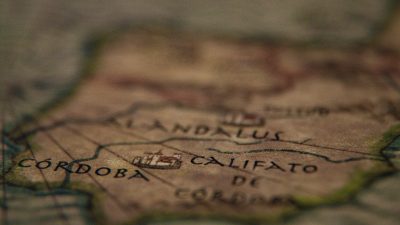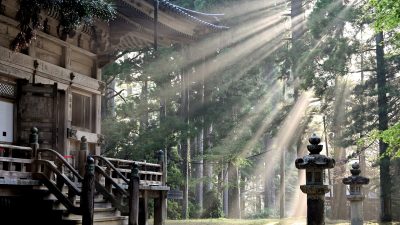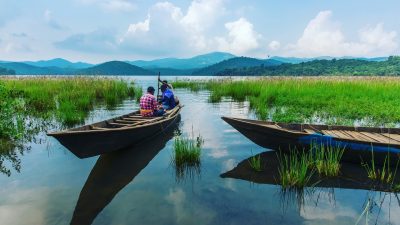1909 Borujerd Earthquake: Iran’s Forgotten Tragedy That Killed Thousands – Could It Have Been Prevented?
The 1909 Borujerd Earthquake: When Iran Trembled and Thousands Fell
The 1909 Borujerd Earthquake was one of Iran’s deadliest seismic disasters, striking the city of Borujerd with devastating force. In mere moments, thousands of lives were lost, homes were obliterated, and a once-thriving region was left in ruins. The event remains a tragic chapter in Iran’s history, a stark reminder of nature’s unrelenting power.
The earthquake occurred on 23 January 1909, registering an estimated magnitude of 7.4. The destruction was overwhelming, with entire neighbourhoods reduced to rubble. The region, largely unprepared for such a calamity, witnessed the collapse of homes, mosques, and public buildings. Survivors found themselves trapped under debris, with little hope of immediate rescue.
The death toll remains uncertain, but estimates suggest that over 8,000 people perished. The disaster was exacerbated by the lack of emergency response, leaving many wounded individuals without medical assistance. Families were torn apart, livelihoods destroyed, and the once-vibrant city was left in mourning.
Ignored Warnings, Unprepared Cities: Was the 1909 Iran Quake a Preventable Tragedy?
Historical records indicate that Borujerd had experienced smaller tremors in the years preceding the disaster. However, these warning signs were largely ignored by both the local authorities and the public. No substantial efforts were made to reinforce structures or implement disaster preparedness measures.
Buildings in Borujerd were constructed using mud bricks and weak foundations, making them highly susceptible to collapse. With no strict building regulations in place, homes crumbled instantly when the earthquake struck. The absence of proper urban planning meant that rescue efforts were chaotic, with narrow streets blocked by debris, further delaying aid.
Had the region invested in stronger infrastructure and early warning systems, the scale of devastation could have been significantly reduced. The 1909 earthquake serves as a painful reminder of the catastrophic consequences of neglect and lack of foresight.
Iran’s Deadliest Secrets: Why the 1909 Borujerd Earthquake Is Rarely Talked About
- Overshadowed by Other Global Events – The early 20th century was a period of great political and social turmoil, with global conflicts taking centre stage. This meant that natural disasters, no matter how devastating, were often overshadowed in historical records.
- Lack of International Media Coverage – Unlike modern times, where news travels instantly, information about the Borujerd earthquake remained largely localised. Without international media attention, the tragedy faded from global consciousness.
- Political Agendas and Historical Neglect – Some historians argue that the Iranian government at the time deliberately downplayed the scale of destruction, fearing public unrest. The absence of thorough documentation has led to the event being overlooked in disaster history.
- Lost Records and Oral Histories – Much of what we know about the earthquake comes from oral accounts passed down through generations. However, with the passage of time, many of these stories have been lost or distorted, leaving gaps in the historical narrative.
The Day Borujerd Fell: How a Natural Disaster Became a Humanitarian Crisis
In the immediate aftermath of the Borujerd earthquake, the city descended into chaos. The lack of emergency services meant that survivors were left to dig through the rubble with their bare hands, searching for loved ones. The destruction was so widespread that even those who survived the initial quake faced severe hardships.
With water sources contaminated, food supplies destroyed, and makeshift shelters overcrowded, disease outbreaks soon followed. Typhoid and cholera spread rapidly, claiming even more lives in the weeks after the quake. The humanitarian response was sluggish at best, with relief efforts hindered by poor infrastructure and political instability.
Foreign aid was virtually nonexistent, as international organisations had limited reach at the time. The disaster laid bare the vulnerabilities of the region, exposing the dire need for better crisis management and response strategies.
The Science of Destruction: Why the 1909 Borujerd Quake Was So Devastating
The Borujerd earthquake was the result of intense seismic activity along the Zagros Fold and Thrust Belt, a highly active tectonic region in western Iran. The area lies at the collision zone between the Arabian and Eurasian plates, making it prone to frequent earthquakes.
What made the 1909 earthquake particularly catastrophic was its shallow depth, causing extreme ground shaking over a vast area. The city’s poorly constructed buildings stood no chance against the intense tremors, leading to mass casualties.
Experts believe that the event was a stark warning of future seismic risks in the region. Even today, the Zagros belt remains one of the most seismically active zones in the Middle East, raising concerns about history repeating itself.
Rebuilding Borujerd: The Slow Road to Recovery
The destruction of Borujerd left its residents in an unimaginable crisis. The immediate focus was on clearing debris and recovering the bodies of the deceased. However, the process was painstakingly slow, with limited resources available for rebuilding efforts.
Many survivors were forced to live in makeshift tents for months, as reconstruction plans faced delays. The government struggled to provide financial aid, and external support was minimal. Even after new buildings were erected, concerns remained over their durability against future earthquakes.
Despite the hardships, Borujerd managed to rebuild itself over time. However, the lessons learned from the disaster were not fully implemented, leaving the region vulnerable to future seismic threats.
Lessons Never Learned: What the 1909 Iran Earthquake Taught (But Was Ignored)
- Weak Infrastructure Kills – The primary reason for the high death toll was the poorly constructed buildings that collapsed instantly. Yet, even today, many regions in Iran remain unprepared for major quakes.
- Emergency Response Must Be Swift – The lack of immediate medical aid cost thousands of lives. Future disasters have shown that quick action saves lives, but delays in response remain a recurring issue.
- Seismic Zones Demand Better Planning – Borujerd’s location made it highly susceptible to earthquakes, yet no precautions were taken. Many modern cities continue to ignore scientific warnings about seismic risks.
- Public Awareness Saves Lives – Had people known what to do during an earthquake, more lives could have been saved. Education and drills are vital, yet still lacking in many vulnerable regions.
A Century Later: Why the 1909 Borujerd Earthquake Still Matters Today
More than a century has passed, yet the Borujerd earthquake remains a significant lesson in disaster preparedness. With Iran experiencing multiple devastating earthquakes over the years, the failure to learn from past mistakes continues to put lives at risk.
Modern advancements in earthquake engineering and early warning systems provide opportunities to minimise casualties in future disasters. However, without proactive measures, history will continue to repeat itself. The 1909 earthquake is a chilling reminder of what happens when warnings are ignored and preparedness is overlooked.
FAQs
- How strong was the 1909 Borujerd earthquake?
The earthquake had an estimated magnitude of 7.4, making it one of the deadliest in Iran’s history. - What was the death toll of the disaster?
Over 8,000 people were believed to have died, though exact figures remain uncertain. - Why was the earthquake so deadly?
Poor construction, lack of preparedness, and delayed response efforts led to massive casualties. - Has Borujerd experienced another major earthquake?
Yes, the region remains seismically active, with multiple smaller tremors recorded over the years. - What are the chances of a similar earthquake happening again?
Experts warn that the Zagros region is still at high risk, making future earthquakes highly probable.
References:
“1909 Borujerd earthquake” – https://en.wikipedia.org/wiki/1909_Borujerd_earthquake“The seismicity of Iran: The Silakhor (Lurestan) earthquake of 23rd January 1909” – https://www.researchgate.net/publication/288860379_The_seismicity_of_Iran_The_Silakhor_Lurestan_earthquake_of_23rd_January_1909




